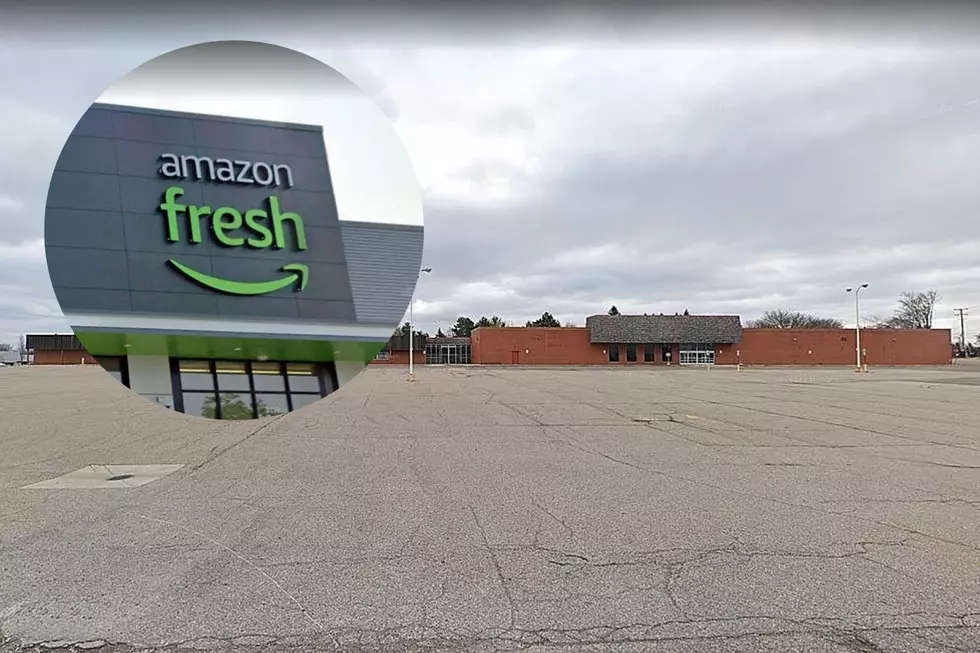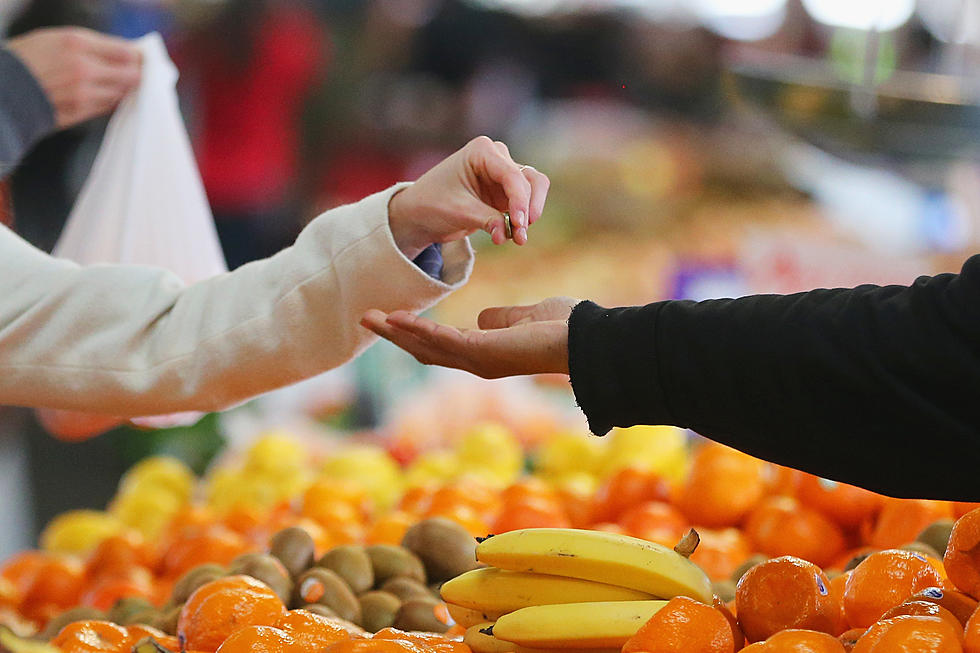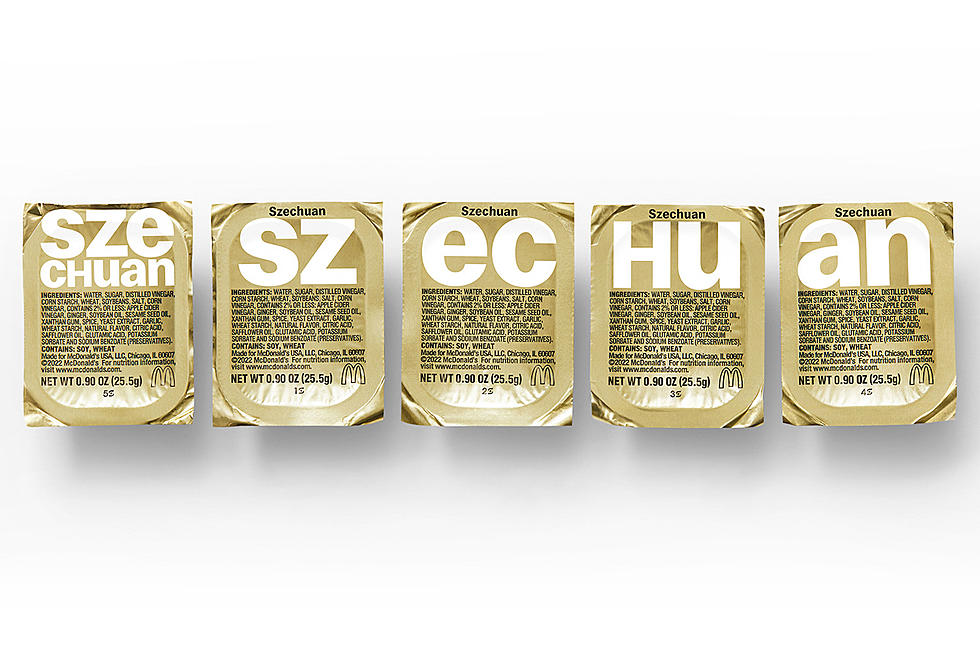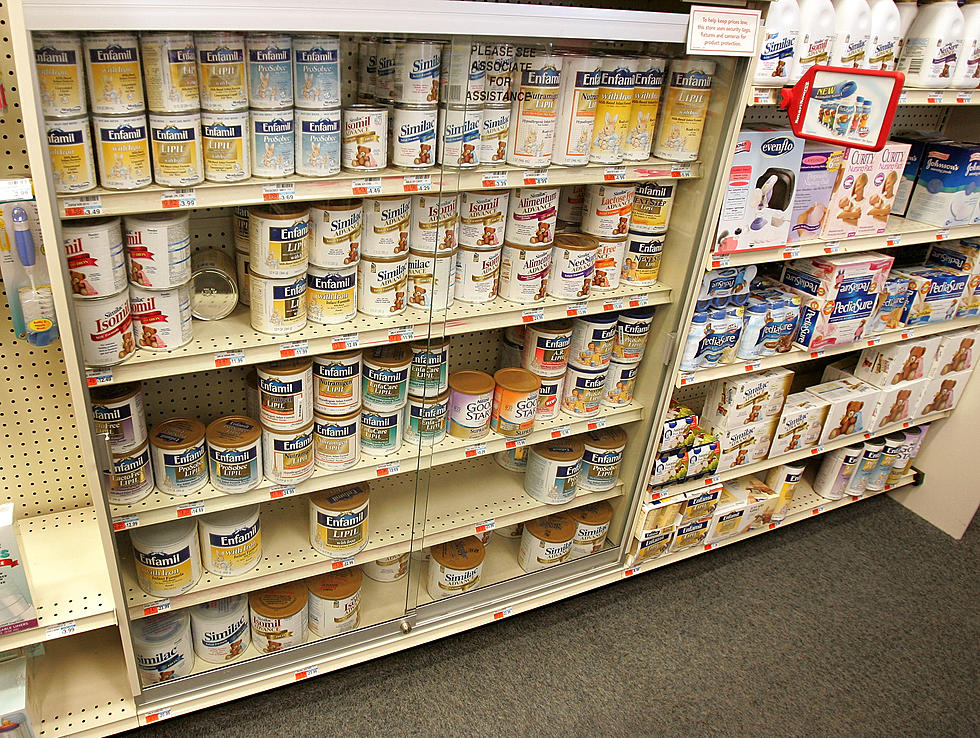
Groceries Are Gonna Be Harder To Find Thanks To COVID-19
Food shelves are getting harder to keep stocked due to the recent spike in COVID-19 cases and new variants popping up all over the place is putting major food retail stores in a tough situation.

Shortages at U.S. grocery stores have grown more acute in recent weeks as new problems — like the fast-spreading omicron variant and severe weather — have piled on to the supply chain struggles and labor shortages that have plagued retailers since the coronavirus pandemic began.
Source: NBC25.com
I thought I was the only one that couldn't find certain items. For instance, my number one go-to beverage is those Starbucks Espresso Double Shots that come in those small cans. When I tell you I drink those things religiously, I almost don't wanna mention it in this article out of fear of people getting hip to them. But for a while, I couldn't find any! A deep sense of panic began to set in. I found myself driving around from store to store, from gas station to gas station looking for that espresso fix that I desperately needed. Oh, it was bad. Then I began to notice that all the shelves were bare, and my signature drink wasn't the only thing missing.
The shortages are widespread, impacting produce and meat as well as packaged goods such as cereal. And they’re being reported nationwide. U.S. groceries typically have 5% to 10% of their items out of stock at any given time; right now, that unavailability rate is hovering around 15%, according to Consumer Brands Association President and CEO Geoff Freeman. Source: NBC25.com
As we enter into 2022 I'm hopeful we can begin to rebalance the economy to a point where interruptions like covid or weather don't impact the supply chain. If we can figure out how to autonomous driving cars, then we should be able to find a way to prevent supply shortages.
LOOK: 40 Discontinued & Special Edition Kellogg's Cereals
More From Club 93.7









